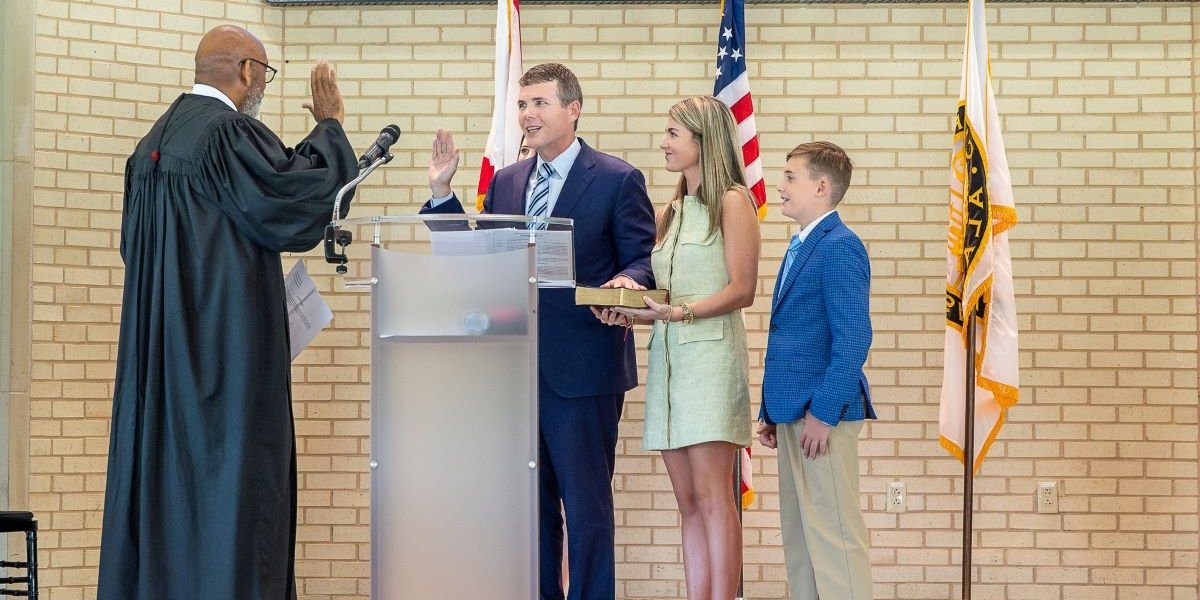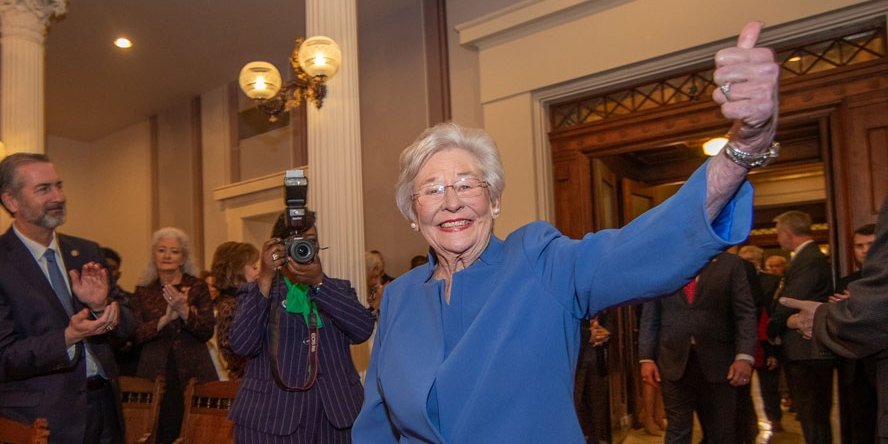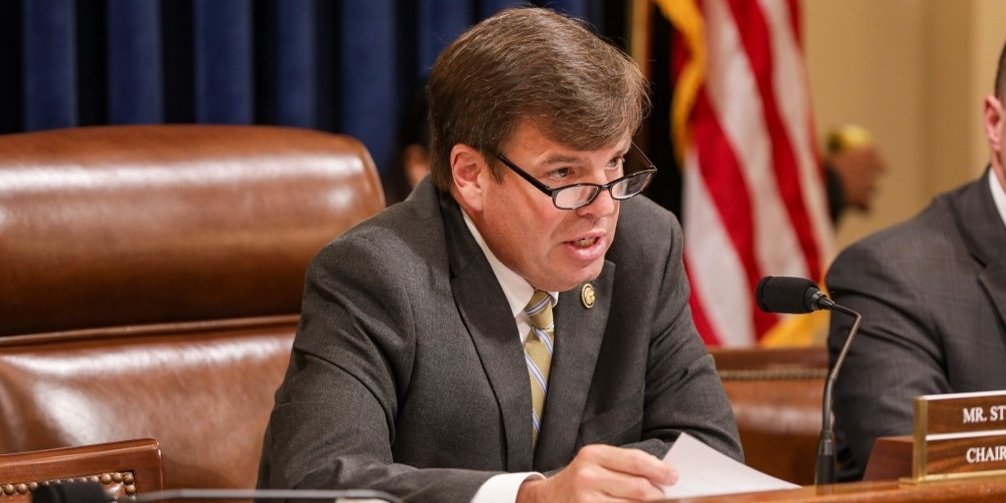The future of the proposed large-scale housing development in Yuma County is uncertain after the oversight board rejected the first controversial attempt at rezoning.
Hundreds of people voted against it, citing concerns about increased flood risk and what they called a lack of transparency from developers.
Developer Granite Yuma LLC has requested to rezoning hundreds of acres of Fortuna Foothills to mix commercial properties with a higher density of housing than is currently permitted.
Two parcels of high-density housing were discussed. One is on the northwest corner of County 12th Street between 14 E and 15 E Avenues, and the other is on the southwest corner of South Frontage Road and 14 E Avenue.
The board received 630 letters against the project, but none in support.
Granite Yuma LLC, a New York-based company developing in the U.S. and Europe, seeks to rezoning 411 acres from its Rural Area-10 zoning, which allows at least one dwelling per 10 acres, to the Recreational Vehicle Subdivision Did. to 14 dwellings per acre, according to the county. The request also included the rezoning of 14 acres to high density housing and additional land to be rezoned for commercial use.
Ron Gross told the board that his family owns Granite Yuma and has owned more than 20 parcels in the county since the first land purchase in 1981.
Earlier this month, the Yuma County Board of Supervisors voted 3-2 against two proposals to rezoning two parcels of land.
Supervisors Jonathan Lines and Martin Polchas voted in favor of rezoning. Supervisors Darren Simmons, Marco “Tony” Reyes and Lynn Pancrazy voted against the proposal.
Reyes said no other proposed development in the region has received as much attention.
Kevin Dahl, the agent representing the developer, told the Arizona Republic that no decision has been made on resubmitting the rezoning request.
“We are still looking at options for the property,” he said.
Growing Concerns About Flood Risk, Property Rights
Hundreds of residents attended the March 6 supervisors meeting to protest against the project.
Simmons asked the audience how many people supported the development. silence. Then when I asked how many people were against the project, hundreds of hands went up.
Community members who opposed the development said they were not against housing developments but wanted more transparency about what developers planned to build.
Applicant did not provide the board with a photo of the planned project.

Many residents were also concerned that high-density housing would affect the land’s ability to hold floodwaters.
“We’re not against new developments…the problem is, you don’t know what you’re going to do,” said Las Barrancas, a residential home just south of the property under discussion. said Walt Bonneau,
He said the wash across the property is a “holding pond” for water when flooding occurs.th A street just north of the Las Barrancas development.
“We’ve seen this wash…overcoming culverts and crossing 40 topsth It’s literally filling that land in its southwest section with three feet of water and pushing it away,” he said.
He said the piece of land at the corner of Frontage Road was “excellent” for developing five homes per acre, but he didn’t mind more than that. bottom.
Lines, who voted for the rezoning, said private owners have the right to develop their properties in line with the 2030 General Plan, which outlines Yuma County’s vision for future development. rice field. County staff said the project is consistent with the general plan.
“People have invested heavily in our community and are looking forward to doing some development,” Lines said. “I have a great deal of respect for property rights. It is within our authority and general planning.”
Reyes, who voted against Rezoning, said he would support the development if done carefully and would consider the proposal once the developer returned with a site plan.
It doesn’t matter what you do. I think you guys are doing the right thing,” he said. “It’s about making sure it’s the right thing for people in the area to want to see.”
Dahl, the developer’s agent, said a project plan will be presented after the land is rezoning.
He told the board that developing the site plan is the third phase of a multi-phase development project that is expected to take 10 years to complete. It will be submitted to the Zoning Board and Oversight Board for feedback.
He argued that the board should approve the redistricting. This is consistent with neighboring parcels and past zoning measures in the area.
He pointed to Yuma’s need for employee housing, and said the property was one of the few that would not affect farmland or Barry-Goldwater Air Force Base.
“There’s not enough land left in Yuma to develop like this without the interference of agriculture and the military,” Dahl said.
He added that on the 6,000-square-foot lot, the project would likely only fit four homes per acre.
“We have nothing to hide here. It is categorically impossible to have 14 units on one acre,” he said.
Yuma housing crisis: there aren’t enough homes, experts say
Julie Engel, president and CEO of the Greater Yuma Economic Development Corporation, spoke in support of the project.
She said there is a huge need for housing for the workforce in Yuma. She said she knew doctors who couldn’t work in Yuma, and military personnel who left her family and moved to Yuma because of the lack of housing options.
“We have a housing crisis … we have teachers who have moved here … (they) can’t get an apartment and can’t afford a new one,” said Engel.
There aren’t enough homes in the Yuma area, she said. Engel described the dire situation of high monthly rents and bidding wars between homes for sale and for rent.
During the meeting, critics of the zoning effort derided her comments. Some say the Foothills area has plenty of rental properties, but the housing problem is nothing new in rural counties.
A Yuma Sun report in April highlighted that many people were talking about the housing problem, pointing not only to the shortage of affordable housing, but also to general housing.
“We have to think about the long-term future and viability of the younger generation,” she said.
Covers Southern Arizona azcentral.com In the Arizona Republic, it is jointly funded by the nonprofits Report for America and The Republic.
Please contact the reporter at sarah.lapidus@gannett.com.
















